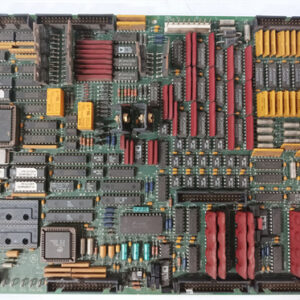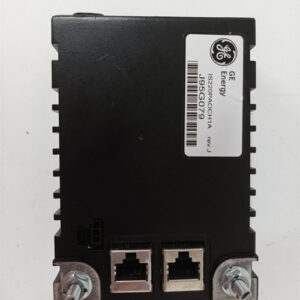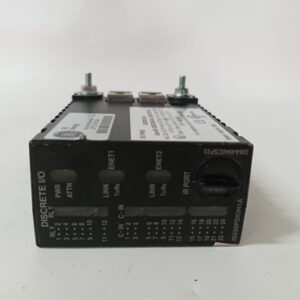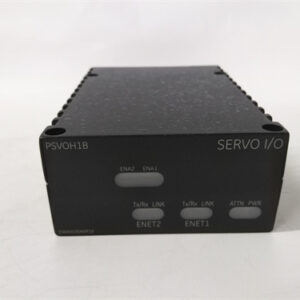الوصف
The GE IS200VCCCH1B is a VME Contact In/Relay Out Card for the Mark VI series of GE’s Speedtronic Gas Turbine Control Systems. It serves as a digital I/O board, providing an interface for contact inputs and relay outputs. This card is an essential component for monitoring the status of various field devices and controlling other equipment through digital signals.
Key Features and Functionality
The IS200VCCCH1B is designed for reliable digital signal processing in harsh industrial environments. Here’s a breakdown of its primary functions:
- Contact Inputs: The board can handle up to 24 contact input channels, which are used to sense the open or closed status of dry contacts from field devices such as switches and pushbuttons. The board can detect both voltage-driven (wet) and non-voltage (dry) contacts.
- Relay Outputs: It also provides 8 relay output channels. These relays can be used to control other equipment, such as energizing a motor starter or turning on an indicator light. They provide an isolated output, meaning the control circuit is electrically separate from the load circuit, which is a key safety feature.
- TMR Support: The board supports Triple Modular Redundancy (TMR) systems. In a TMR setup, three separate VCCC boards are installed, each receiving the same command from the redundant controllers. A voting mechanism on the terminal board or in the field can then ensure that the system continues to operate even if one of the boards fails.
- Robust Design: Like other boards in the Mark VI series, the IS200VCCCH1B is built to withstand harsh industrial conditions. The circuit board is protected by a conformal coating to guard against environmental factors like moisture, dust, and chemical contaminants.
- Diagnostics: The board’s faceplate features three LED indicators to display its status: RUN (flashing green), FAIL (solid red), and STATUS (flashing orange for diagnostic alerts). These indicators, combined with diagnostic tests performed by the board, help in quickly identifying and troubleshooting faults.
Technical Specifications

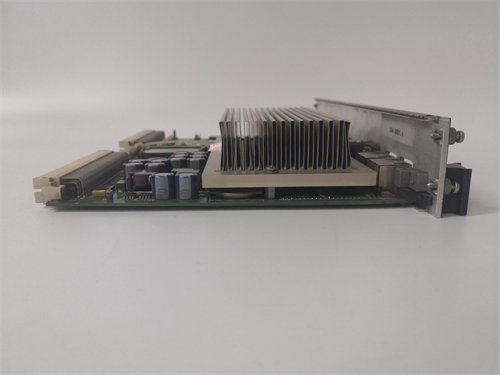
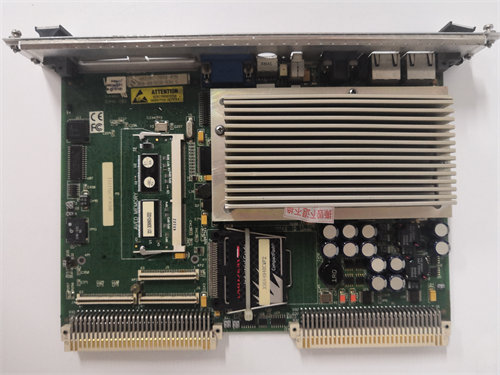

 +86 15340683922
+86 15340683922 +86 15340683922
+86 15340683922